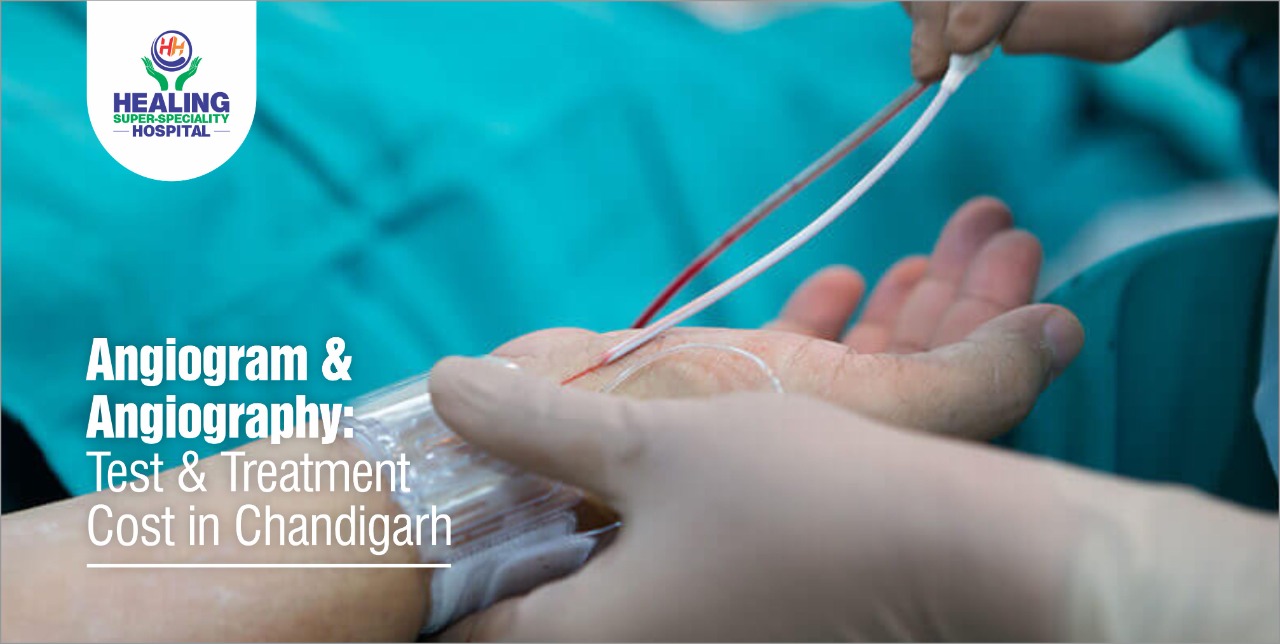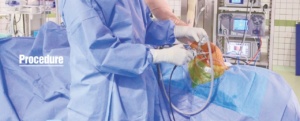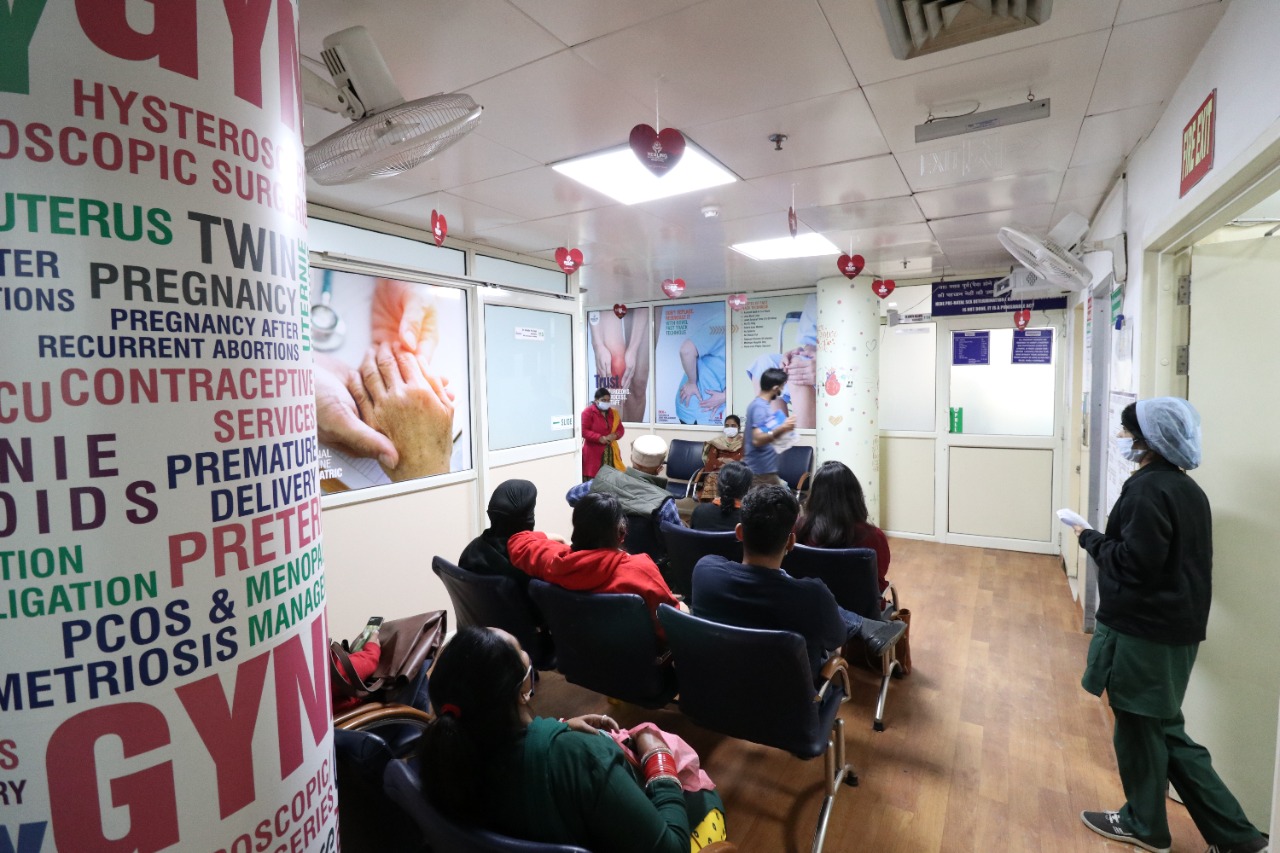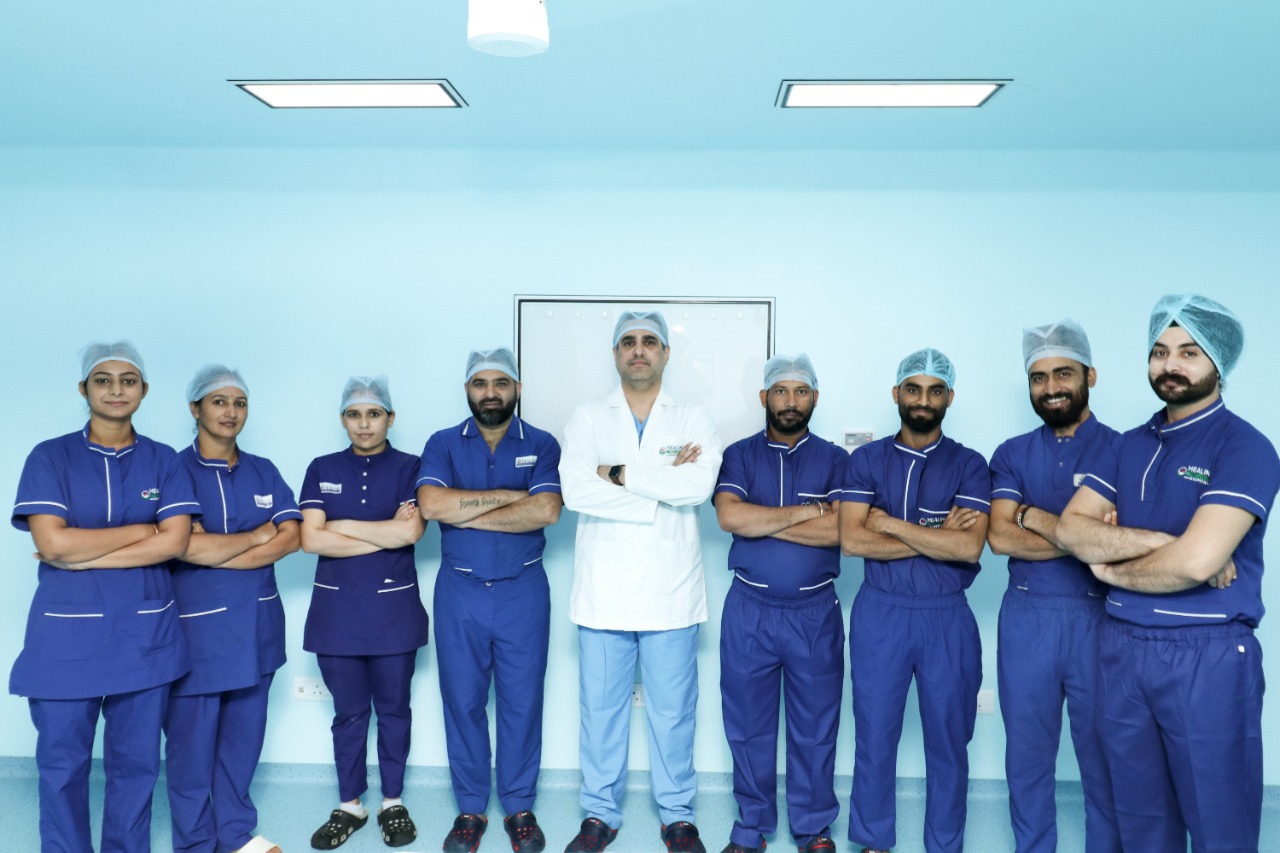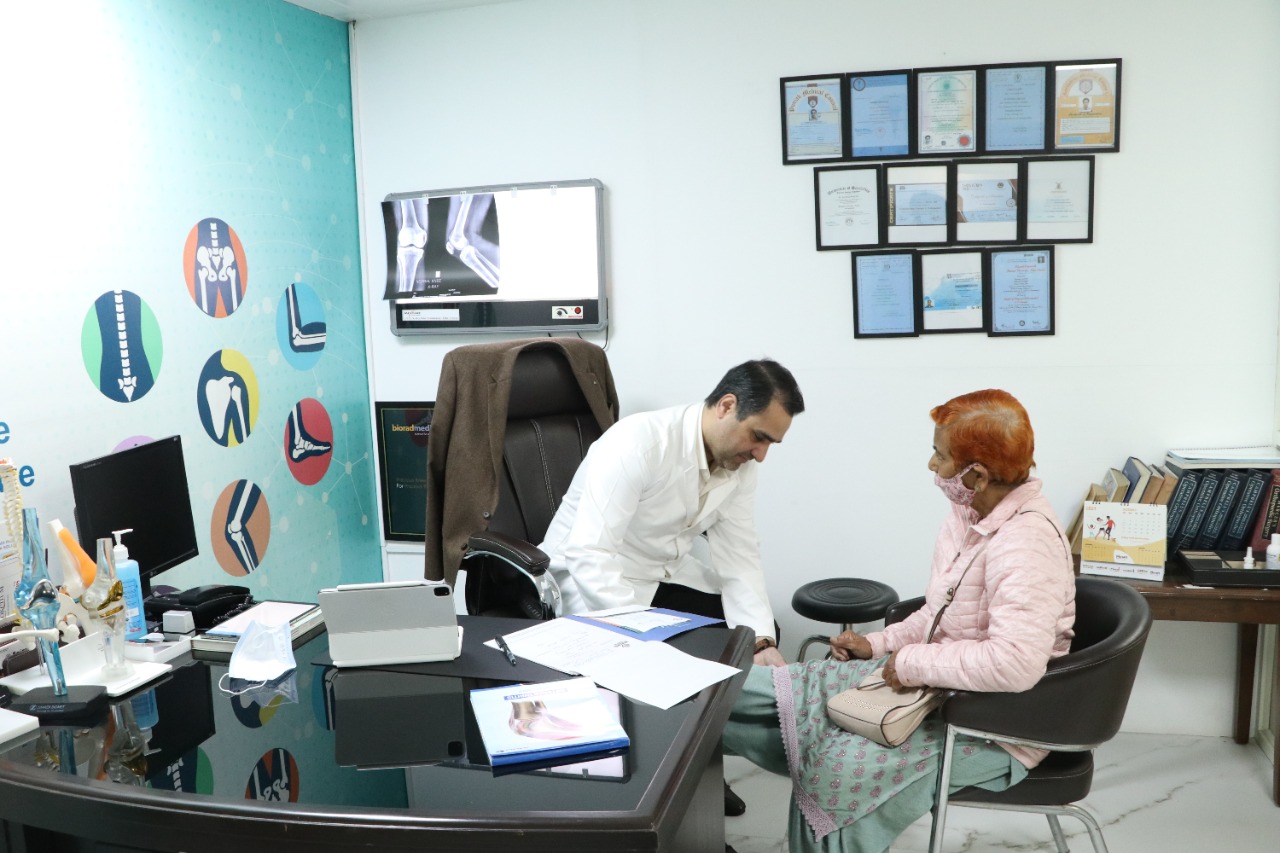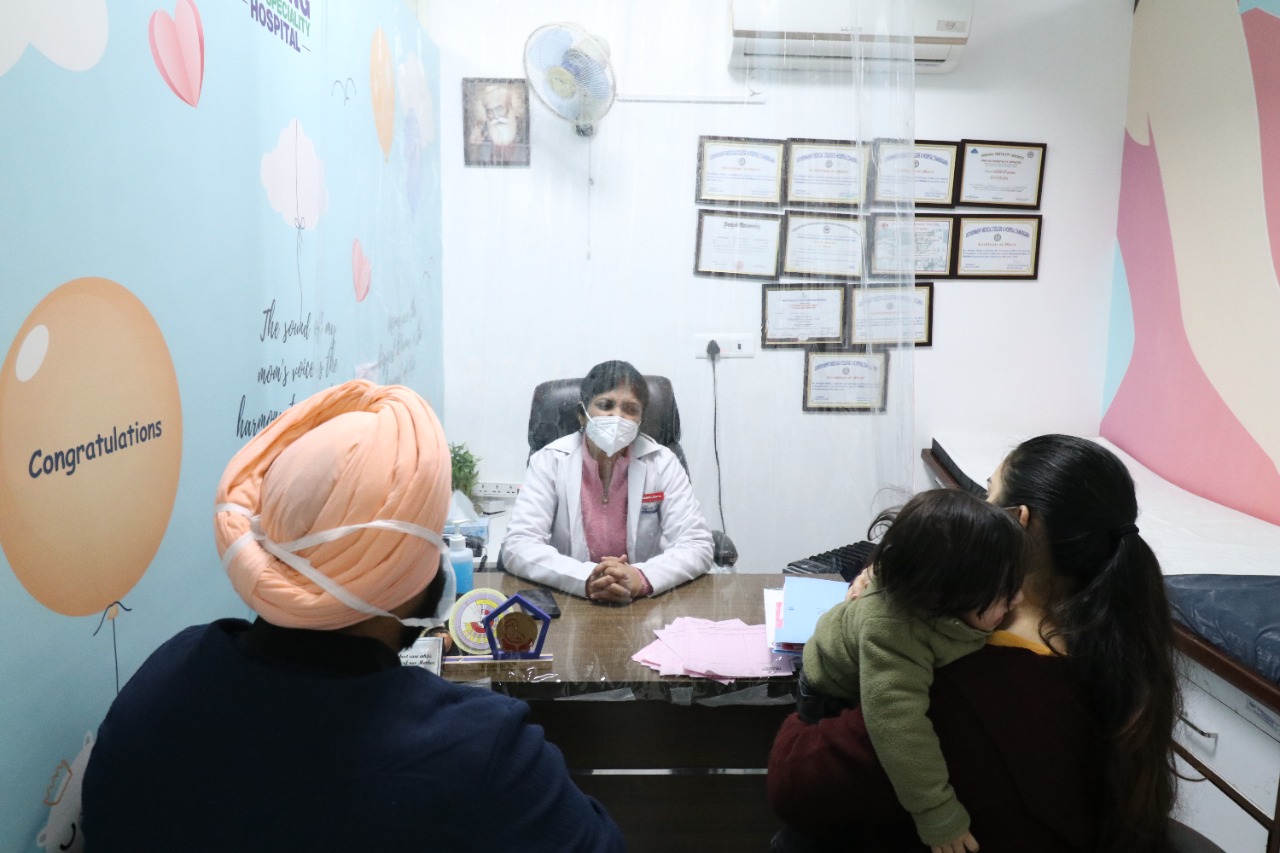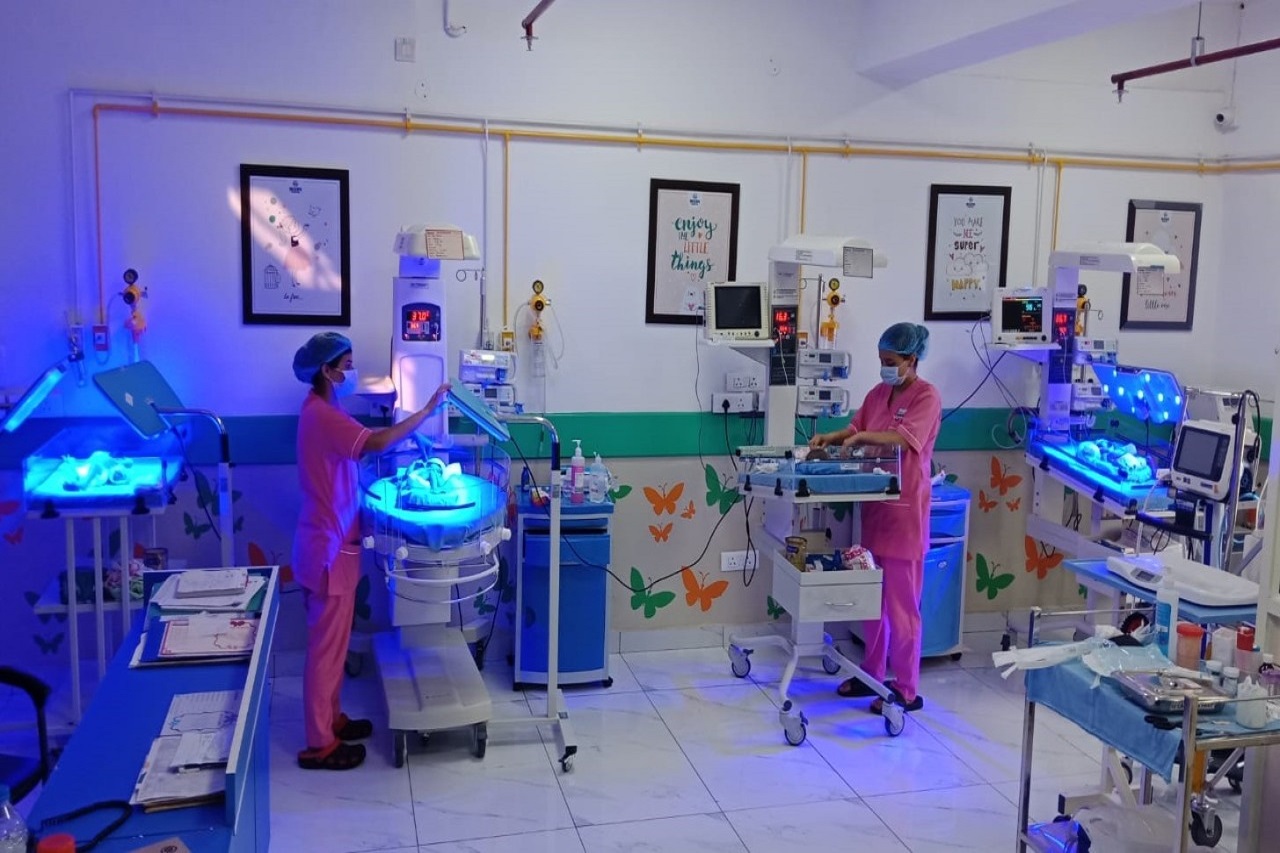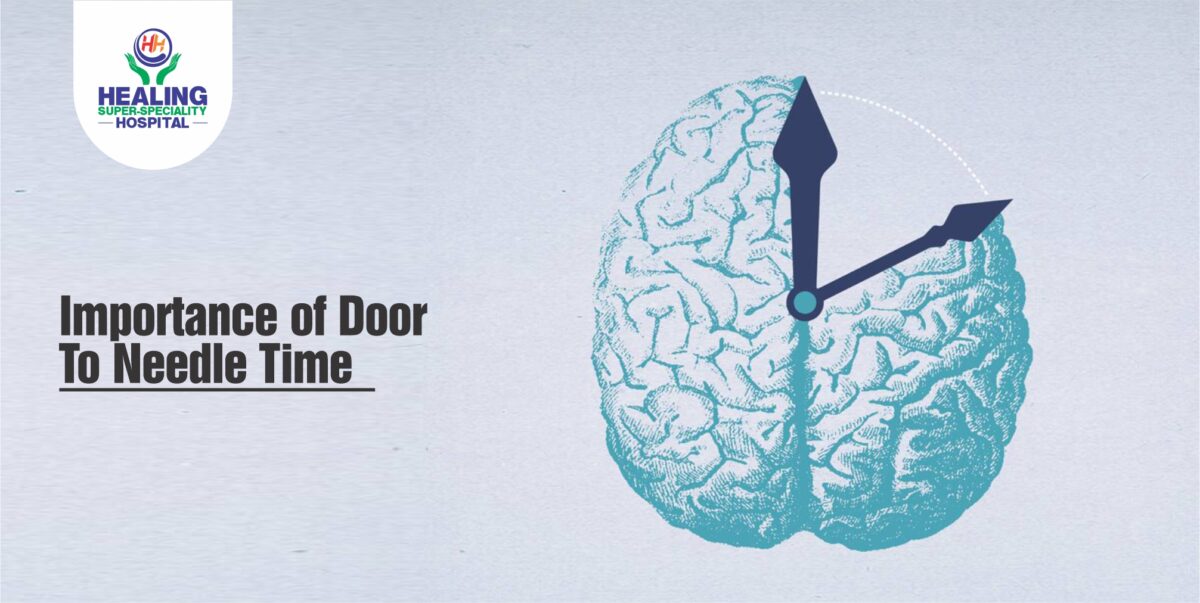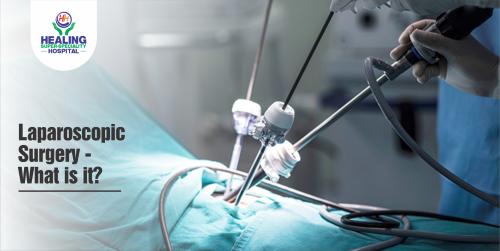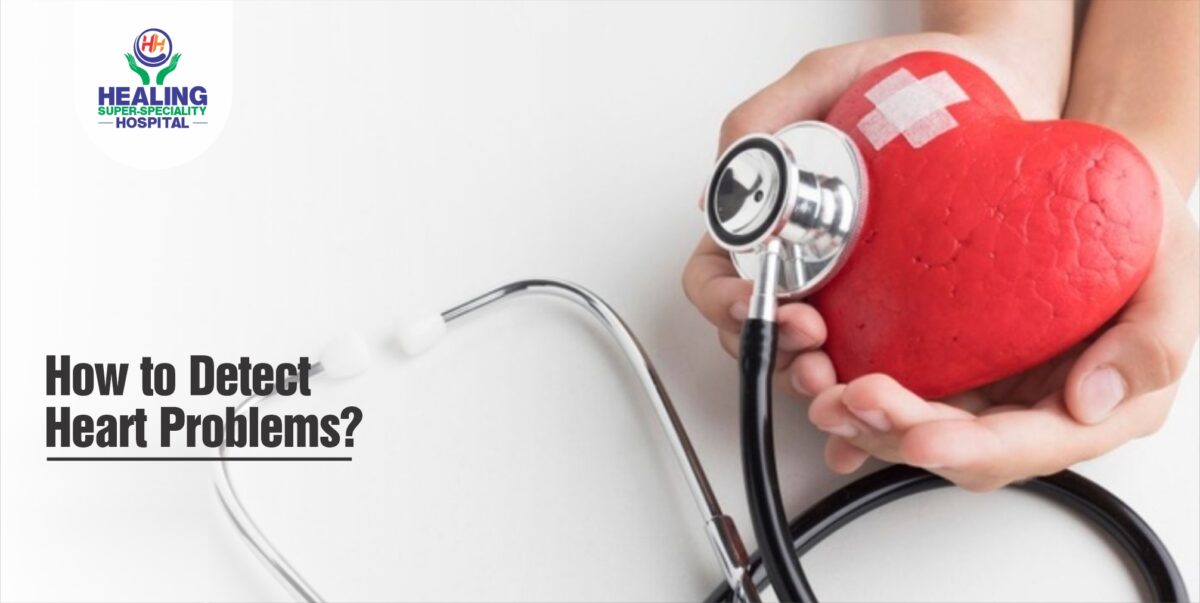Experiencing pain in your left arm or chest could be a sign of underlying heart problems. If such symptoms occur, doctors may recommend that you undergo an angiography. Angiography is a test that determines whether or not a coronary artery is blocked. If you have unstable angina, atypical chest pain, aortic stenosis, or unexplained heart failure, your doctor may be concerned that you’re at risk for a heart attack.
An angiogram is a test that uses X-ray contrast to examine our body’s blood vessels. Chest pain, heart attack, stroke, and other disorders can develop when blood arteries are obstructed, damaged, or aberrant in any manner. Angiography aids the doctor in determining the source of the problem as well as the level of damage to the blood vessel.
|
Contents: 1. Procedure 2. After the Test 3. Test & Treatment Cost in Chandigarh |
Procedure
Angiography is a procedure that determines how much narrowing is there in your arteries. Before the angiography test, doctors usually get an MRI or a CT scan to try to diagnose heart abnormalities. You will be given a small sedative to help you relax before the test begins.
The test begins by cleaning a portion of your body to be used as the site for the procedure and numbing it with a local anaesthetic.
- An angiography is performed by inserting a long, thin tube called a catheter into a major artery.
- The catheter is threaded slowly and carefully through the artery until its tip reaches the vascular segment to be inspected.
- Through the catheter, a little amount of contrast material is injected into the blood vessel section, and X-rays are taken. The contrast agent allows blood vessels to be seen on X-ray images.
- An angiography specialist examines the X-ray images to assess the source of the problem and the level of damage to the blood artery segments under investigation.
Also Read: https://healinghospital.co.in/how-to-detect-heart-problems/
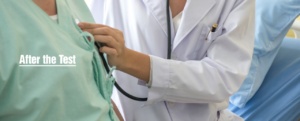
After the Test
Following the procedure, you may need to stay in the hospital for several hours or overnight. To avoid dehydration and flush the dye from your kidneys, you may be encouraged to drink lots of water.
Before you leave the hospital, angiography doctors in Chandigarh will show you how to check for bleeding and what to do if it does. If the groin was the site used for the procedure, you may be advised to refrain from hard lifting and straining for a week to prevent bleeding.
Once you reach home, you should take care of the following:
- Do not drive, operate machinery, or make any significant decisions immediately after receiving anaesthesia.
- Stay hydrated and relax.
- Don’t smoke or consume alcoholic beverages.
- Remove the bandage the next day. Apply a new one for another 12 hours if there is a minor leakage.
- Don’t do any strenuous exercise for a few days.
- Refrain from bathing, using a hot tub, or swimming in a pool
- Don’t apply lotion around the puncture site for a few days.
- Book an appointment with your heart doctor a week after your test.
To know about Angiography cost in Chandigarh, click here: https://healinghospital.co.in/cardiology-department/




